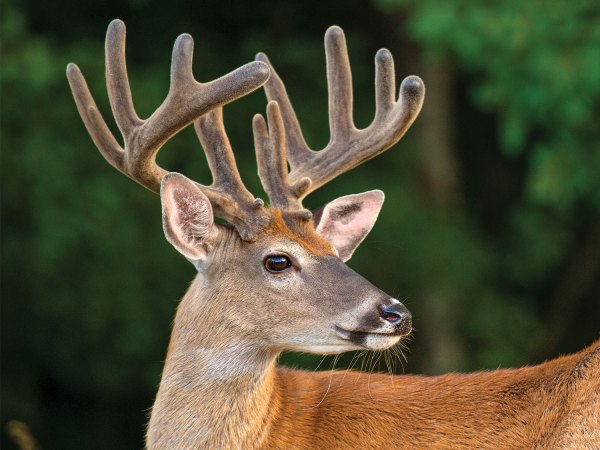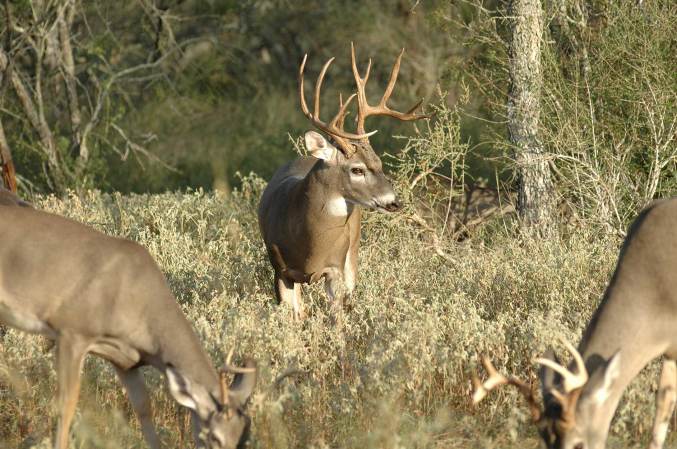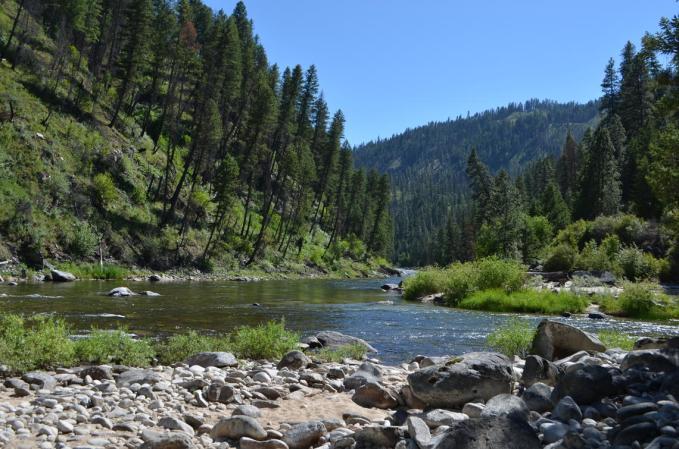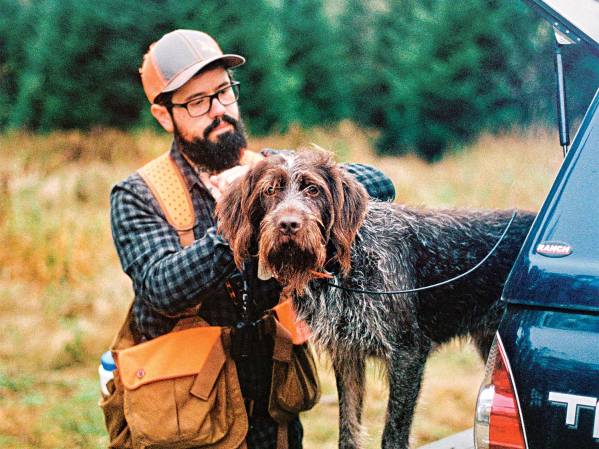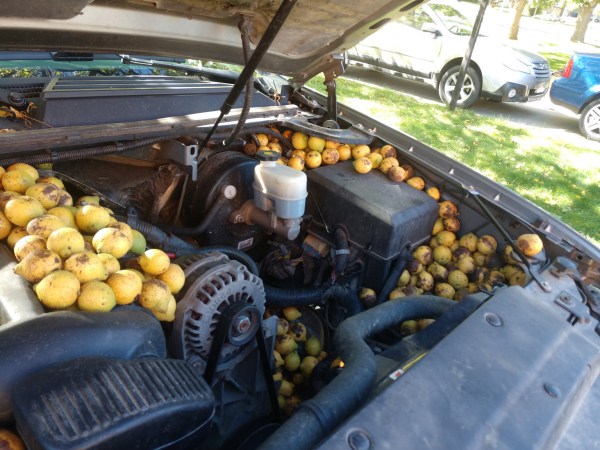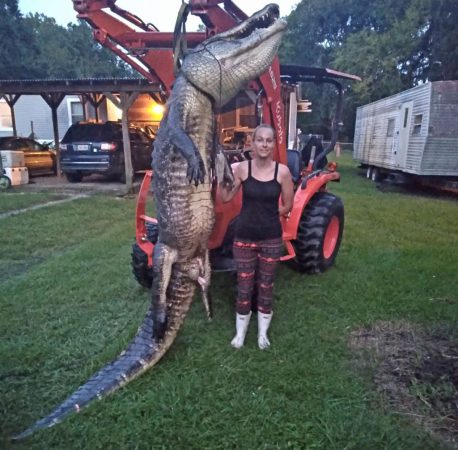The biggest supermoon of the year, known as the Buck Moon, rises tonight. And while humans have always tracked and revered celestial events like eclipses and supermoons, the arrival of July’s full moon is one that hunters in particular should pay attention to. So, what exactly is the Buck Moon, and what does it mean for deer hunters in North America?
The History Behind the Name
Supermoons occur when a full moon is at its closest point in relation to Earth in its elliptical orbit. This is also known as the “perigee,” and the result is that the moon appears larger and brighter than usual. There are usually three to four supermoons a year, and they occur consecutively. The last two supermoons were the Strawberry Moon and the Flower Moon, which took place in June and May, respectively.
The next—and last—supermoon of the year, known as the Sturgeon moon, will rise on August 11. But none of these appear as large or as bright in the sky as the one we’ll see after sunset on Wednesday night.
The nickname for July’s full moon has its roots in Native American culture, according to the Farmer’s Almanac, as many indigenous peoples attributed this time of year with the peak of antler-growing season for deer, elk, moose, and other cervids. (Different cultures had different names for the same moon. The Tlingit People, for example, still call it the Salmon Moon because its arrival typically coincides with the fish’s arrival in rivers throughout the Pacific Northwest.) Colonial settlers—whose understanding of the New World was shaped, in part, by these indigenous beliefs and customs—adopted the Buck Moon nickname, and it has remained ever since.
It also stuck in contemporary culture because the more we learn about cervids and the science behind antler growth, the more the name makes sense.
How the Cycles of the Moon and Sun Relate to Antler Growth
Antlers, like the four seasons and the phases of the moon, are cyclical in nature. And after years of studying the antler growth cycle, we can pretty much set our calendars by it.
In the springtime, usually sometime in April or May, antler growth begins at the base of a male cervid’s skull, with the first nubs starting to appear. By the onset of summer in late June, the relative increase in sunlight triggers more rapid growth. This growth rate increases during the summer solstice, and by the time July’s full moon appears in the night sky, growth rates are typically at their peak.
“Generally, the more sunlight there is, the more the antlers will grow,” Matt Every reported in an Outdoor Life story from 2019. “The change in light triggers the pineal gland to tell the pituitary gland to release more testosterone. With the boost in testosterone, deer antlers can grow up to two inches per week, and in some cases, bull moose can put on a pound of bone per day during the peak of their growth cycle.”
As the summer winds down, so does the antler growing season. Growth slows as the days shorten, and by the time fall rolls around, the velvet has mostly dried, and most antlers have hardened into bone. The fall and winter are when those racks are put to use, and by the tail end of winter, well after the rut has ended, the antler-growing cycle goes in the other direction. Less sunlight and shorter days lead to weaker connections between the antlers and the skull, and sometime between the winter solstice and early spring, deer, elk, moose, and other cervids shed their antlers. Then, within a matter of weeks, the antler growth cycle begins anew as the days grow longer.
What the Buck Moon Means for Hunters and Land Managers
The direct link between sunlight and antler growth helps explain why cervids grow their antlers when they do. But it doesn’t really get at how those antlers grow. The major factors to consider when talking about antler growth are age, genetics, and nutrition. Unlike seasonal cycles, hunters can actually control these factors to a certain extent, which is why it’s important to understand all three.
Regarding age, all male cervids reach their peak antler growth period after a certain number of years. This period differs depending on the individual animal and the species. (We know, for example, that it takes roughly twice as long for a bull elk to reach its prime than it does for a whitetail buck.) But regardless of what species they’re targeting, most hunters who recognize this fact can understand why it’s worth waiting for an animal to reach its prime before taking it.
Read Next: The Best Days to Hunt the 2021 Whitetail Rut, Based on Moon Phases
The impact of genetics on antler growth gets a little more complex. This is where culling smaller bucks and allowing the big boys to breed comes into play, but unless you’re selectively breeding on a high-fenced ranch, it’s almost impossible to control a herd’s genetics entirely. Also, as studies have shown, genetics don’t play as big a role as the third and most important factor in antler development: nutrition.
Simply put, bucks and bulls only become trophies by surviving and eating well, and this is the growth factor that land managers have the most control over. By maintaining quality habitat and providing plenty of protein-rich forage, they can help ensure that the males in a particular herd are able to reach their full potential.
Properly managing habitat is especially important during the summer months, when antler-growing season it at its peak. So, whether that means filling protein feeders, caring for your oak trees, or tending to your food plot, tonight’s supermoon serves as an important reminder for deer hunters that the time is now. And if you do happen to have a clear view of the sky tonight, you might consider stepping outside at some point and raising a glass to the Buck Moon.


